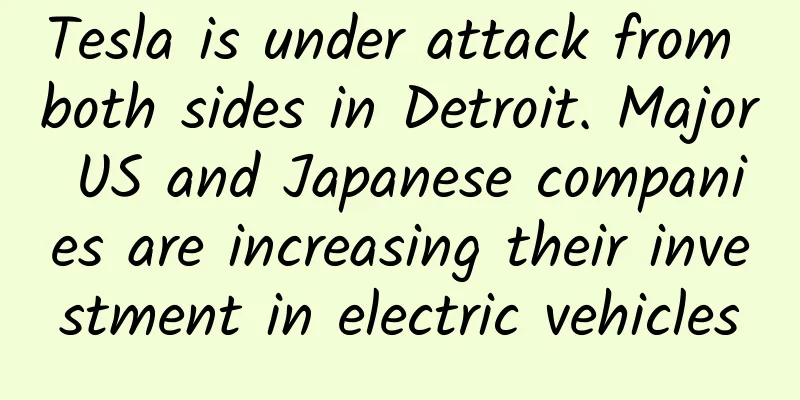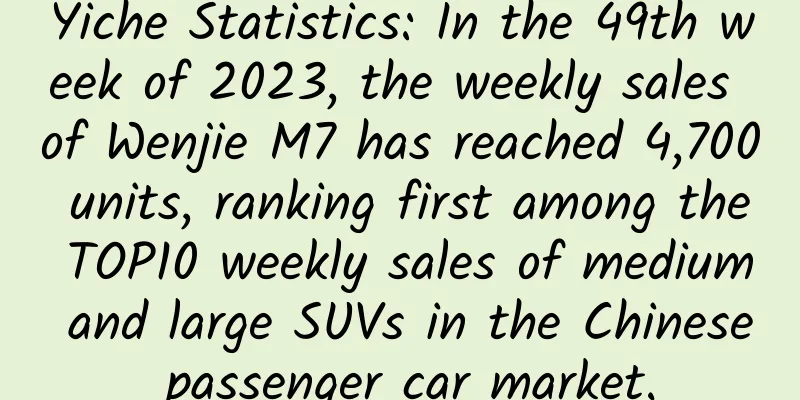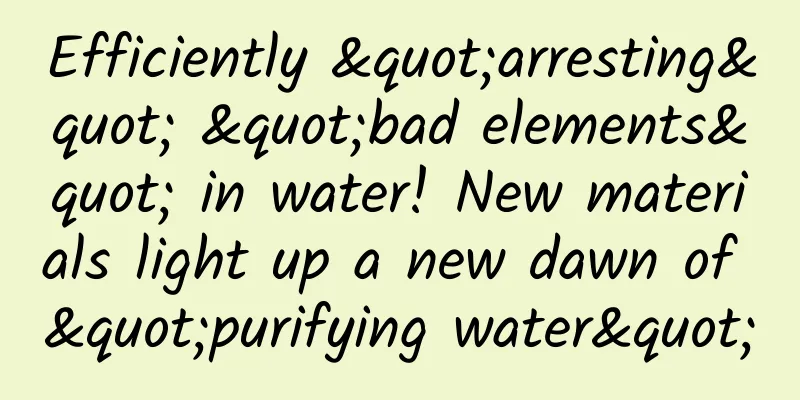2017 Power Battery Recycling Pilot Launched How to Clear the Obstacles of Scattered and Poor Enterprises

|
The recycling of power batteries, which is closely associated with the development of new energy vehicles, has received increasing attention from all walks of life under the guidance of relevant national policies. However, this is accompanied by the fact that this emerging industry of battery recycling still has many problems, that is, it has been caught in the middle of policy and reality, with broad prospects but many obstacles. Recently, the Ministry of Industry and Information Technology, the Ministry of Commerce, and the Ministry of Science and Technology issued the "Guiding Opinions on Accelerating the Development of the Renewable Resources Industry" (hereinafter referred to as the "Guiding Opinions"), which specifically listed the recycling and utilization of new energy vehicle power batteries as a key project, and proposed to select several cities in new energy vehicle development clusters such as the Beijing-Tianjin-Hebei, Yangtze River Delta, and Pearl River Delta to carry out power battery recycling pilot demonstrations. This is the first time that the country has launched a pilot project for power battery recycling, which is similar to the way new energy vehicles were first introduced, from pilot to gradual nationwide promotion. According to the existing policies related to power battery recycling, the key issue of "the main responsibility of battery recycling" has been clarified at the policy level, that is, the main responsibility of new energy vehicle manufacturers and battery manufacturers, but there is no more detailed plan for recycling technical standards. Back to the reality, the recycling of power batteries is not as optimistic as expected by the policy. According to the reporter's understanding from multiple sources, at present, new energy vehicle companies and battery manufacturers have only difficulty in reaching a consensus on the issue of "main responsibility for recycling", and it is too early to regard the recycling of power batteries for new energy vehicles as a tangible industrial chain. "The recycling of retired power batteries actually has very high technical requirements. At present, there is a lack of unified technical standards in this regard in the country. Therefore, there are major shortcomings in the technical threshold of power battery recycling, and this requires unified national planning." Wang Zidong, director of the Power Battery Laboratory of the China North Vehicle Research Institute and director of the Power Battery Testing Center of the National 863 Electric Vehicle Major Project, told the Economic Observer reporter. Relevant personnel from power battery manufacturers further believe that due to the complexity of battery categories, high recycling costs and unclear profit prospects, it is not realistic to rely solely on battery manufacturers to complete recycling and utilization work. New energy vehicle manufacturers are only responsible for maintenance work during the vehicle after-sales service period in terms of battery recycling and utilization. Although some professional third-party organizations have begun to experiment with power battery recycling, they are more focused on "secondary use" and have rarely done anything in terms of real recycling. In the absence of professional organizations, some power batteries that have reached retirement age flow into small workshops that do not have the qualifications for recycling, which poses a major risk to the environment. Which institutions will be selected as pilots for the pilot work of power battery recycling? "At present, power battery recycling is still in a scattered and poor state. I think it will eventually need to be done by large-scale professional institutions at the national or regional level. At present, neither battery manufacturers nor general third-party institutions have real technology." Deng Lunhao, general manager of Shenzhen Zhuoneng New Energy Co., Ltd., told the Economic Observer reporter. With the arrival of the peak period of domestic power battery elimination, battery recycling will eventually become a realistic problem that must be faced. It is imperative to establish a pilot project to form a demonstration effect before the problem arises. The main body of the pilot project is in doubt The Guiding Opinions pointed out: Focusing on new energy vehicle development clusters such as the Beijing-Tianjin-Hebei region, the Yangtze River Delta, and the Pearl River Delta, select a number of cities to carry out pilot demonstrations on the recycling and utilization of new energy vehicle power batteries, establish a traceability management system through information technology such as the Internet of Things and big data, support the establishment of a recycling and utilization model with strong universality and good economic efficiency, and carry out research on cascade utilization and reuse technologies, product development, and demonstration applications. The reality is that there are few responsible entities in the market that can undertake this major project, and there is no consensus among all parties on the responsible entity for power battery recycling. Relevant state ministries and commissions have introduced special policies for power battery recycling. For example, in the "Technical Policy for Recycling of Power Batteries for Electric Vehicles (2015 Edition)", in addition to stipulating the design, production, recycling, cascade utilization, and recycling of power batteries, it also emphasizes the establishment of a power battery coding system with a traceability system, which is intended to clarify that the main responsibility lies with the producer. In the subsequent "Industry Standard Conditions for Comprehensive Utilization of Waste Power Batteries for New Energy Vehicles" and "Regulations on Access Management of New Energy Vehicle Production Enterprises and Products", it is further clarified that car companies must track and recycle power batteries, and further clarified the "who produces, who is responsible" system. Relevant analysis in the industry believes that the regulation that returns the responsibility for battery recycling to new energy vehicle OEMs and battery manufacturers is consistent with the "extended responsibility system" in overseas battery recycling experience and is an advisable way to solve the problem of battery recycling. However, in actual operation, there are many contradictions in how to coordinate the responsibilities between new energy vehicle OEMs, battery manufacturers and third-party institutions. According to the Economic Observer reporter, most domestic new energy vehicle OEMs currently have relevant warranty measures for the whole vehicle and battery, but they are only limited to the warranty period. There are no relevant measures for battery recycling outside the after-sales service system. At present, only a few OEMs such as Tesla, Dongfeng Nissan Qichen, and BAIC New Energy have introduced new energy vehicle repurchase plans. For example, BAIC New Energy previously launched a "half-price repurchase" plan in the Beijing market, where car owners can exchange E150EV to the manufacturer at 45%-55% of the purchase price, thereby ensuring battery recycling. "The repurchase plan of new energy vehicle companies reflects the confidence of car companies in their own products, and more shows a market competition strategy of the company. They generally reprocess the battery components, but it is difficult to say that they have achieved real recycling." Zhao Xiaoyong, general manager of Beijing Saidemei Resource Recycling Research Institute Co., Ltd., told reporters. As the person in charge of a third-party battery recycling agency, Zhao Xiaoyong believes that third-party agencies have more technical advantages and experience accumulation in battery recycling. Car companies and battery factories usually entrust third-party agencies to handle the recycling of batteries, so the actual responsibility falls more on third-party agencies. It is understood that some battery manufacturers have their own experimental plans for battery recycling. For example, BYD, CATL, CATL, Tianneng Power and other battery manufacturers have begun to lay out their own battery recycling industry in advance, but most battery manufacturers have not yet begun to propose solutions. "The more entities involved in battery recycling, the better. Currently, Zhuoneng is also preparing to conduct experiments in this area, but it is only in the experimental stage. If everyone does it, it will inevitably lead to overcapacity. I think we must distinguish the concepts of 'secondary use' and 'recycling'. At present, most battery companies are doing work in the category of 'secondary use' such as cascade utilization, and there is basically no corresponding technology for the final decomposition and purification of 'recycling'." Deng Lunhao believes. Therefore, judging from the existing market players, it is still difficult for the country to find large-scale institutions with professional strength to implement the pilot work of power battery recycling and utilization, and this is undoubtedly the first step in implementing the pilot work. Recycling model to be solved "There is no fixed industrial chain yet because no one is willing to actually do it. Although everyone is proposing the recycling of batteries and reusing car batteries as a kind of energy storage device, the capital investment and cost requirements are not affordable for ordinary companies, and the relevant qualification threshold is relatively high," Deng Lunhao pointed out. For this reason, some scrapped power batteries are currently flowing into "black workshops". If we count from the pilot of "10 cities and 1,000 vehicles" for new energy vehicles, the earliest batch of new energy vehicle power batteries have reached the end of their lifespan, and these batteries are directly flowing into unqualified battery recycling black workshops due to the lack of professional recycling agencies on the market. Batteries are often simply disassembled and then violently refined to achieve the so-called recycling, while their waste liquid is directly discharged. This phenomenon has already formed a scale in the mobile phone battery and electric vehicle industries. Relatively speaking, the current amount of automobile batteries is not large, so the problem of waste automobile batteries has not yet fully erupted. Experts in the new energy vehicle industry have called for more than one time to pay attention to the recycling of power batteries. According to a forecast by the China Automotive Technology and Research Center, by 2020, there will be 170,000 tons of waste power batteries in China. How to recycle them is a practical problem behind the current rapid growth of new energy vehicles, along with other issues such as the value retention rate of used new energy vehicles. "In the actual battery recycling work, the battery recycling category is very important. It can be said that ternary lithium batteries have a certain recycling value, but iron-lithium batteries basically have no recycling value." Zhao Xiaoyong said. This is directly related to the complexity of the types of power batteries in China. At present, there are many types of batteries in China, such as lithium iron phosphate batteries, ternary lithium batteries, and nickel-metal hydride batteries. The recycling value of each battery is different. In addition, there are thousands of battery manufacturers, and the technical specifications of each company are also different. Therefore, it is difficult to achieve a unified standard battery at the production end, which has caused many difficulties in recycling. "A careful observation shows that the country does not have mandatory standards for battery recycling. In fact, power batteries have not yet been connected from the manufacturing end to the recycling end, so we can't just ask recycling companies to do it. The power battery coding system currently promoted by the country to trace the source of the battery is to promote the completion of this closed loop." A relevant person from Shenzhen Wuzhoulong New Energy Automobile Company told the Economic Observer reporter. There are also in-depth analyses that fiscal subsidies and other guiding measures should be implemented for power battery recycling to truly establish a climate. The Guiding Opinions also mentioned that fiscal funds will play a guiding role in industrial development and increase special fiscal funding support for industrial transformation and upgrading, energy conservation and emission reduction. As a winner of Toutiao's Qingyun Plan and Baijiahao's Bai+ Plan, the 2019 Baidu Digital Author of the Year, the Baijiahao's Most Popular Author in the Technology Field, the 2019 Sogou Technology and Culture Author, and the 2021 Baijiahao Quarterly Influential Creator, he has won many awards, including the 2013 Sohu Best Industry Media Person, the 2015 China New Media Entrepreneurship Competition Beijing Third Place, the 2015 Guangmang Experience Award, the 2015 China New Media Entrepreneurship Competition Finals Third Place, and the 2018 Baidu Dynamic Annual Powerful Celebrity. |
<<: Why BMW chose its new design chief from Skoda
Recommend
The refrigerator industry is in recession and sales will decline in the second half of the year
After experiencing a cold winter in the first hal...
A rough leg correction camp
A brief introduction to the resources of Yijierur...
A picture and a paragraph to understand Alibaba's future in Jack Ma's eyes
[[151347]] Alibaba today released its first onlin...
New food regulations are coming! It concerns everyone. Read the labels like this when buying things in the future →
On March 27, 2025, the National Health Commission...
What is the interest rate of the special national debt for fighting the epidemic? How to buy the 2020 special government bonds
On June 18, the special government bonds were iss...
Night reading: 4 effective ways to get rid of "mental exhaustion"
Once when I was chatting with a friend, she said ...
How to optimize keywords in SEO?
Have you learned the difference between target ke...
The Devil Boy's Trouble in the Sea, Made It to the Cover of a Top International Academic Journal? Pictures Speak the Truth
The 2025 Spring Festival movie "Nezha: The D...
The Lantern Festival is coming, how to write copy that takes advantage of the situation?
It’s the Lantern Festival again. Have you thought...
5 tips for running promotional events!
Usually when it comes to operational activities, ...
90% of Xiaohongshu operators will encounter these problems! Attached is the strategy analysis!
Since Xingyuan officially opened up contract incu...
Activity operation and promotion: application of recommendation algorithm model
We have talked about so many recommendation algor...
What would happen if the entire world lost internet access for a day? Temporary disruptions can actually increase productivity
In 1995, less than 1% of the world's populati...
What are the short video weight indicators?
Whether it is optimizing a website or making shor...
Xu Jiayin and Jia Yueting "suffocated together"? Today's FF is more like "reheated meat"
Two months ago, when Xu Jiayin "bottomed out...









